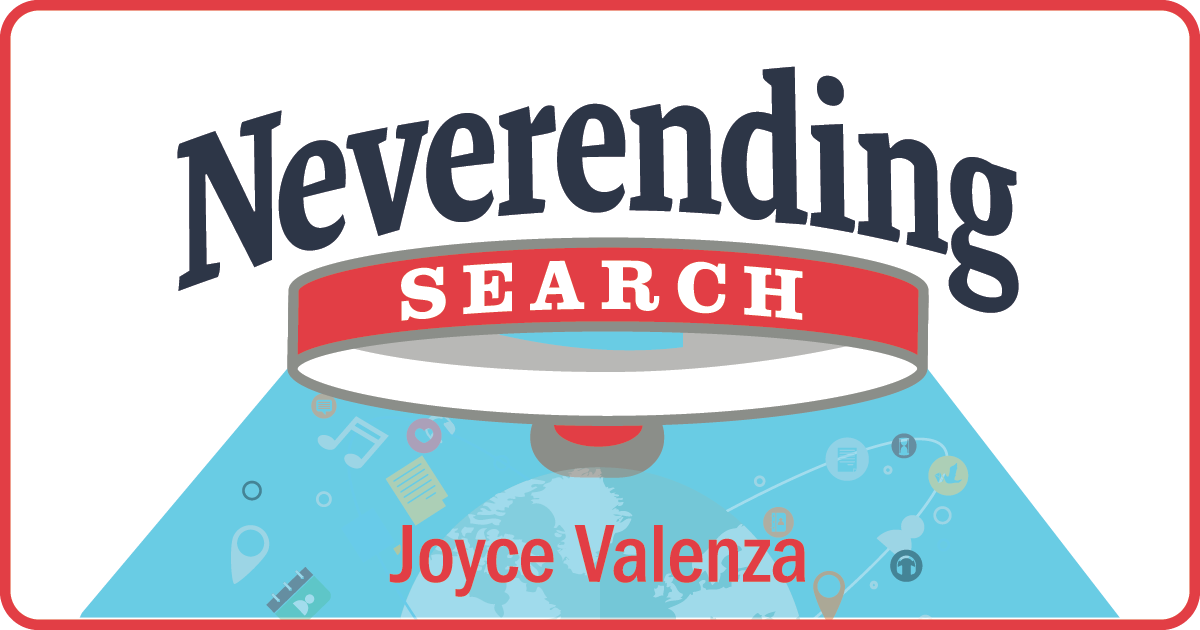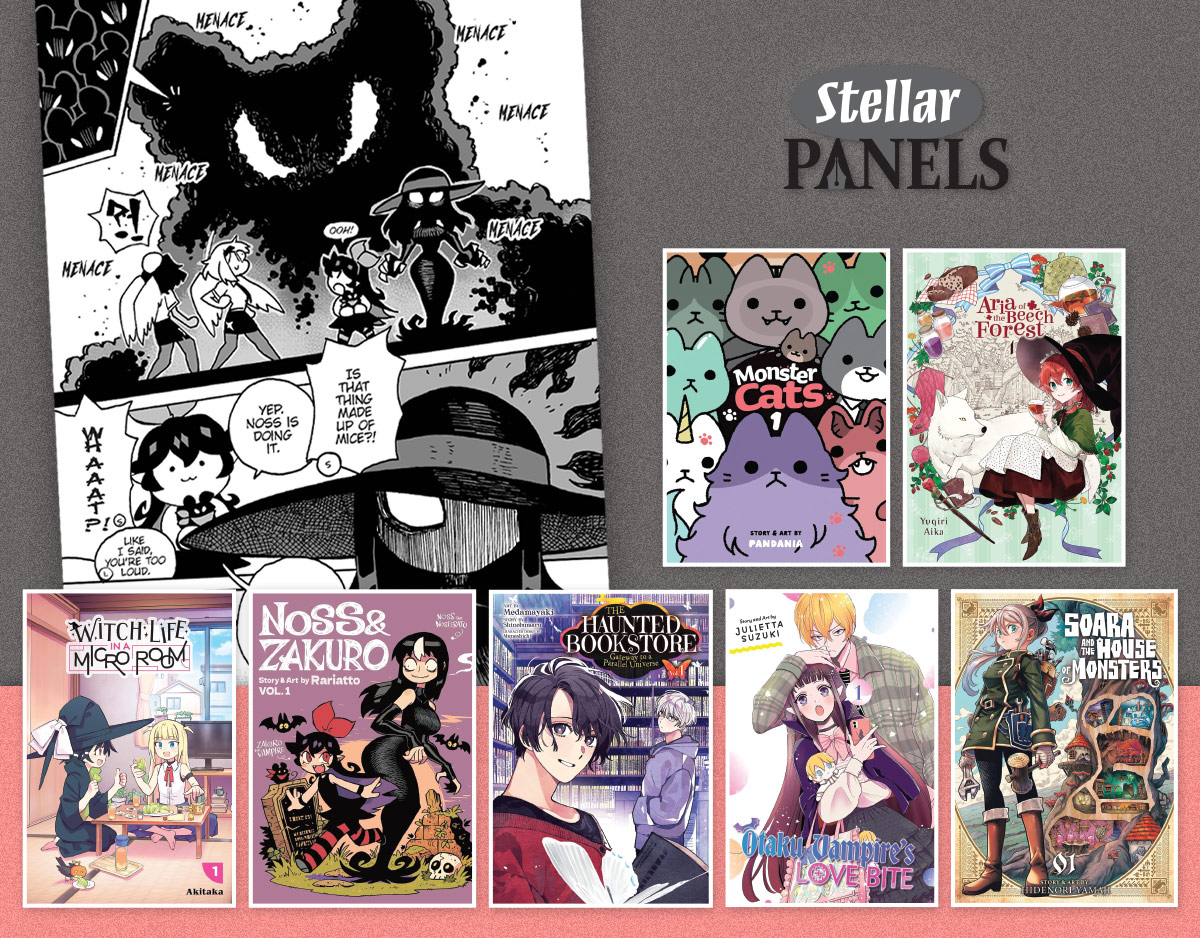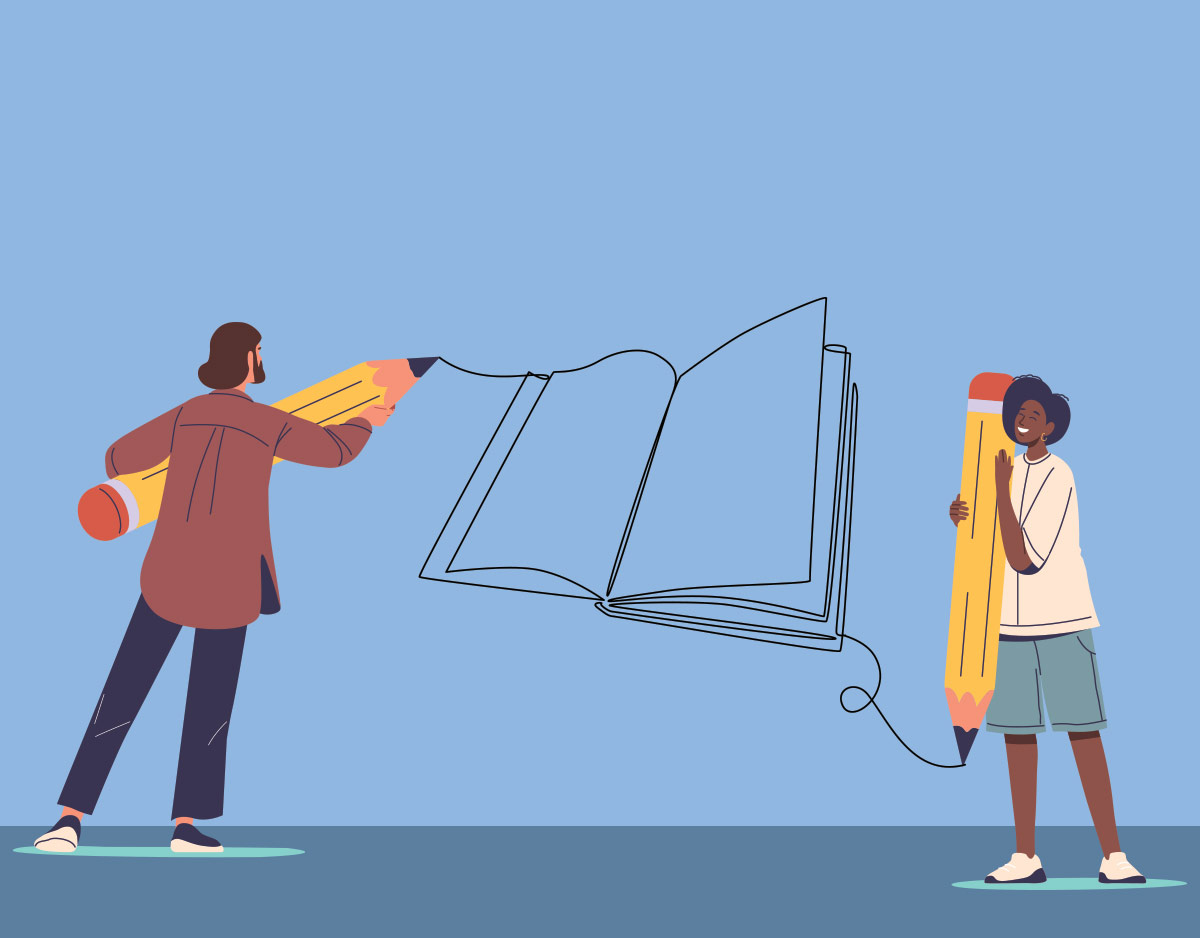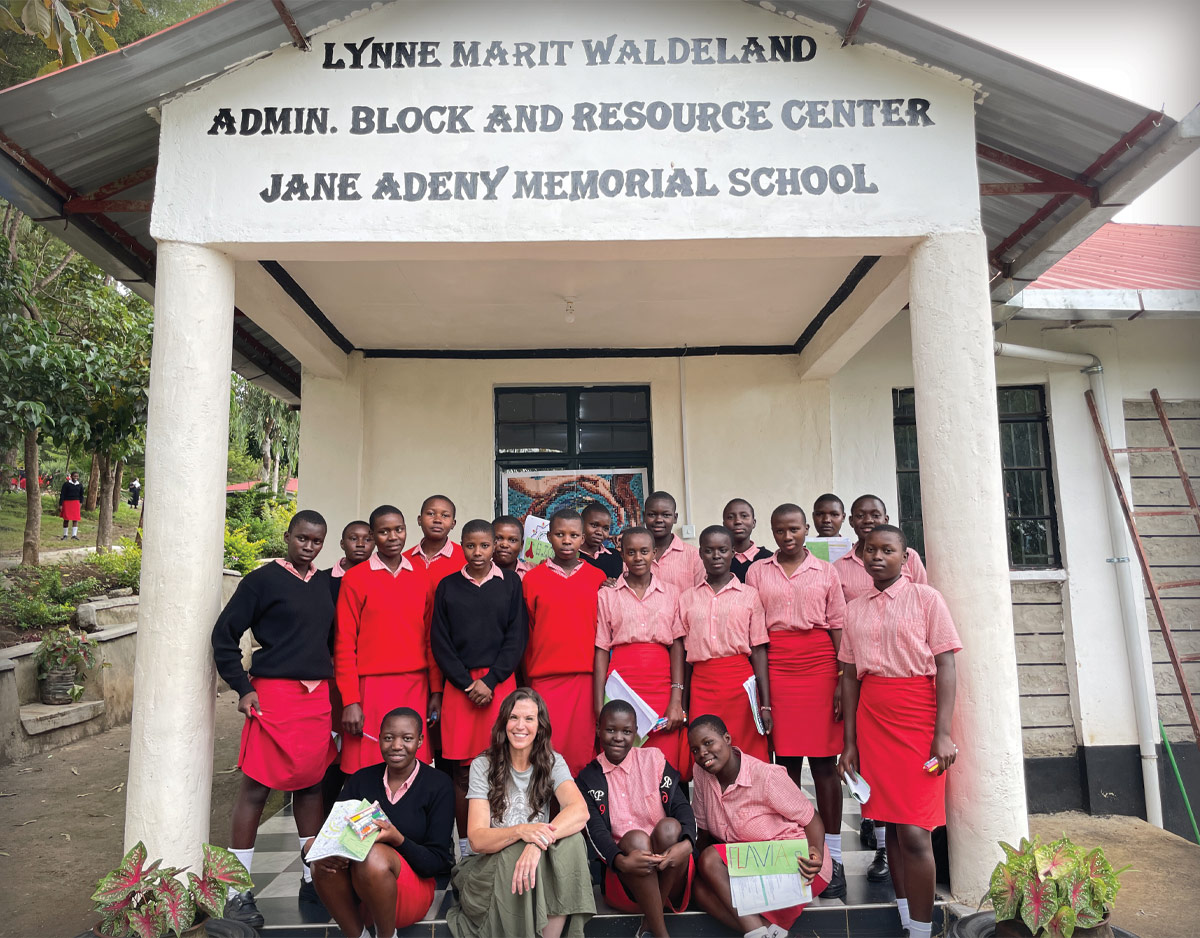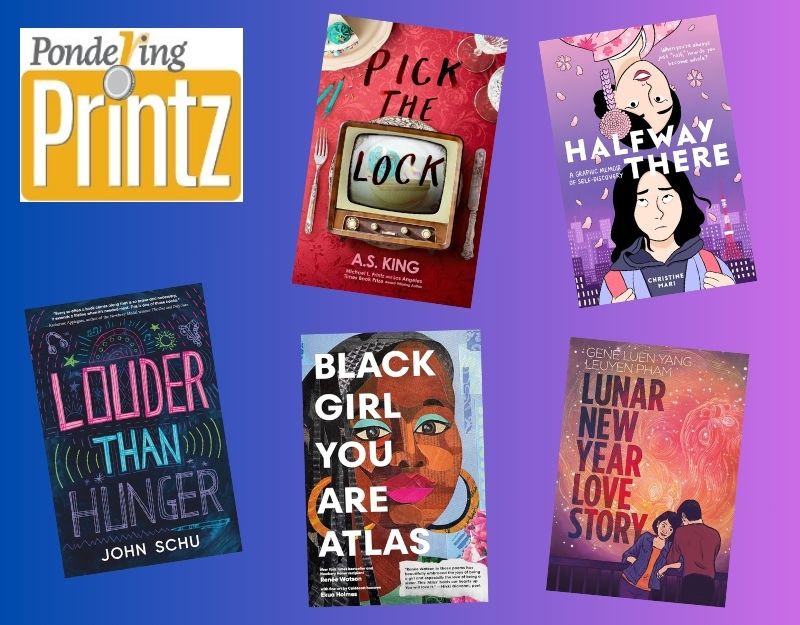SCROLL DOWN TO READ THE POST
Thinking about Google Arts and Culture’s “Is your portrait in a museum?”
You may remember that the Google Arts and Culture App was selected as an AASL Best App for 2017. The app’s new “Is your portrait in a museum?” feature uses facial recognition to connect your own selected selfie to a Google Arts and Culture doppelganger, a look-alike from among its millions of collected portraits.


Introduced quietly in mid-December with the goal of enhancing user engagement and fun with the art, the feature has resulted in the app’s viral popularity as a top download as has spawned a frenetic sharing of selfie twinsies by celebrities and regular folks all over social media. Check out the action with a search of the #GoogleArtsAndCulture hashtag.
ADVERTISEMENT
ADVERTISEMENT
Developed by the Paris-based nonprofit Google Cultural Institute, the app leverages the powers of thousands of partner museums and organizations to share millions of works of art. The app is available on Google Play or the App Store.
Scroll down to find the “Is your portrait in a museum?” feature and you’ll be prompted to tap “Get Started” and to snap a selfie.
Using facial recognition software, a form of biometrics and machine learning, the app isolates distinctive facial features often called faceprints.
(The use of facial recognition is controversial. It is heavily used by law enforcement. Here is some background on Google’s own FaceNet algorithm. Since 2014, Facebook has been using DeepFace.)
Is your portrait in a museum? sorts algorithmically through the art in its database to find matches and create side-by-side pairings that describe percentages of resemblance between two images.
This is fun and the matches surprise. Who knew I look like Pat Nixon?




Note: I first tried accessing this feature during an airport layover in Chicago. Apparently, Illinois and
 Texas have enacted legislation to protect biometric privacy and the feature does not display when you use the app in those states.
Texas have enacted legislation to protect biometric privacy and the feature does not display when you use the app in those states.
That brings up a point well worth considering. Despite the fun and the buzz, should we worry about sharing our selfies with Google?
When we work with kiddos, of course, it’s best to be careful and to model concerns for privacy.
Google assures there is no reason for concern.
When you take a photo with this feature, your photo is sent to Google to find artworks that look like you. Google won’t use data from your photo for any other purpose and will only store your photo for the time it takes to search for the matches.
Indeed, so many of us have already opted in and now share so much in our Google Photos because of its affordances relating to cloud storage, organization and very smart searching and finding. And then there’s what we voluntarily share on Facebook, etc.
You’ll need to make your own decision about encouraging use of this feature of the app with students, but perhaps this is a good opportunity for conversations about privacy decisions. It may also inspire conversation about another topic worthy of concern in the worlds of art and literature.
Others point to the app’s limited ability to face match people of color, largely due to a possible regional imbalance in portraiture across the collection, representing limited historical representation in general. In a post on Digg suggesting We Need a Bigger Palette, Benjamin Goggin notes a Western-centrism in the limited number of available Asian faces to match and he asks, “Is Google’s Arts and Culture App Racist?”
Nevertheless, this activity is an entrance point to an already fabulous free app that pretty much puts a global museum in every student’s pocket. It could potentially connect our learners with art and with history in a pretty personal way. And it should also inspire discussion about technology and ethics and history and culture.
If you choose the side of privacy, you may also be interested in Google Arts and Culture’s How the Self-Portrait Has Evolved into the Selfie.
And, just in case you are interested in a few more of own results:


Filed under: Google, Google Apps, Google Arts & Culture, images
About Joyce Valenza
Joyce is an Assistant Professor of Teaching at Rutgers University School of Information and Communication, a technology writer, speaker, blogger and learner. Follow her on Twitter: @joycevalenza
ADVERTISEMENT
SLJ Blog Network
Our 2025 Mock Caldecott Program
The Scourge of Upside Down Knitting Needles: 2024 Edition
Exclusive: Random House Graphic to Launch Global Comic Line Ink Pop | News
Lockdowns & Lockouts: Favorite Book Series Give Middle Grade Readers Shelter, a guest post by author Terri Farley
The Classroom Bookshelf is Moving
Gayle Forman Visits The Yarn!
ADVERTISEMENT
ADVERTISEMENT

